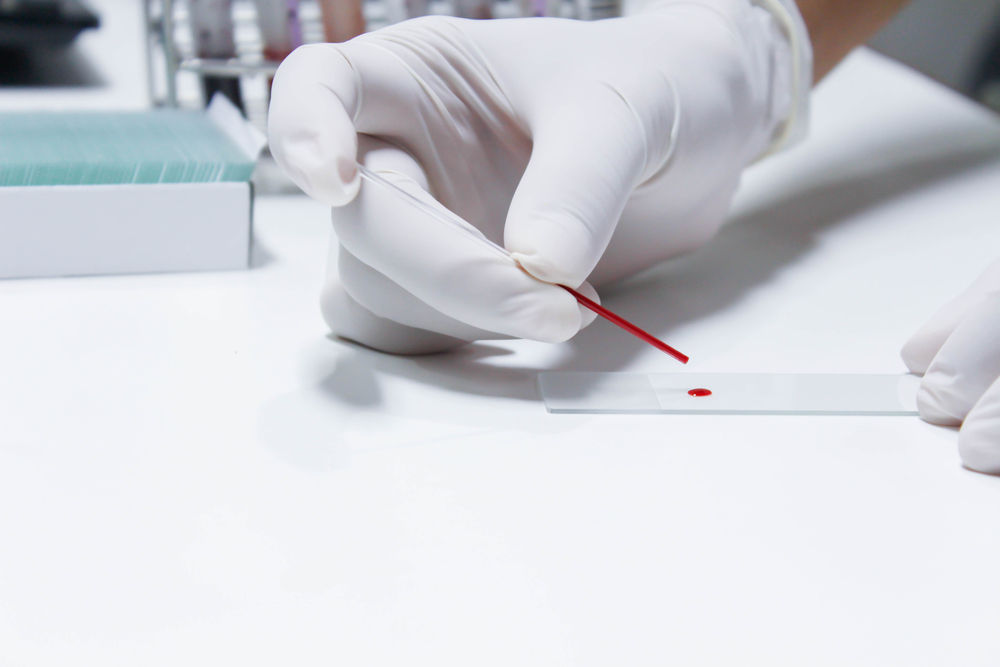Gene Therapy LentiGlobin Continues to Show Good Results, Bluebird Bio Says
Written by |

Bluebird bio reported that its investigational gene therapy LentiGlobin showed promising results for severe sickle cell disease (SCD) patients in a Phase 1 clinical trial.
Data from the ongoing HGB-206 Phase 1 multicenter study (NCT02140554) were revealed in an oral presentation, “Recent progress in gene therapy for severe sickle cell disease: Updated interim results from a Phase 1 clinical study of LentiGlobin gene therapy,” at the 23rd Congress of the European Hematology Association (EHA), in Stockholm, Sweden, June 14-17.
At the beginning of the year, the company presented early positive data on the LentiGlobin gene therapy for SCD. The new data for the HGB-206 study include results as of May.
Patients enrolled in the study, which is still recruiting participants, were divided into three groups: A, B and C. In group A, seven patients were treated with the original protocol. Two patients in group B received an improved version of the treatment, designed to increase its efficiency. Six patients in group C also received the improved version of the treatment, but using stem cells from the blood instead of stem cells from bone marrow.
Results show that four patients in group C were consistently producing functional hemoglobin (anti-sickling HbAT87Q), after more than three months of follow-up.
One patient in this group was able to generate a normal total hemoglobin level (14.2 grams of hemoglobin per deciliter of blood) with more than 60 percent of functional hemoglobin, six months after treatment.
“The consistent production of increased amounts of anti-sickling HbAT87Q in the group C patients reflects the substantial positive impact of the changes introduced with the amended HGB-206 study protocol and refined manufacturing process,” David Davidson, MD, chief medical officer of bluebird bio, said in a press release.
“The upward trajectory in group C at these early time points suggests the potential for these patients to exceed the initially proposed therapeutic target of 30 percent anti-sickling HbAT87Q. We continue to define the development plan with regulatory authorities, and with further follow-up, we hope to see even higher levels of HbAT87Q, as well as sustained clinical benefit for patients,” Davidson said.
The research team highlighted the promising results achieved using LentiGlobin for the treatment of SCD.
“The early data from Group C patients are very exciting and provide increasing confidence that LentiGlobin has the potential to deliver transformative benefit to patients. The longer-term data from patients treated earlier in the study show that levels of anti-sickling HbAT87Q in patients with SCD treated with LentiGlobin remain stable for at least two years,” said Julie Kanter, MD, at the Medical University of South Carolina, Charleston, South Carolina. Kanter is lead investigator of the HGB-206 study.
“Treatment options that can address the underlying cause of sickle cell disease are limited and LentiGlobin gene therapy has the potential to prevent or substantially reduce damaging symptoms associated with this debilitating disease,” she concluded.





